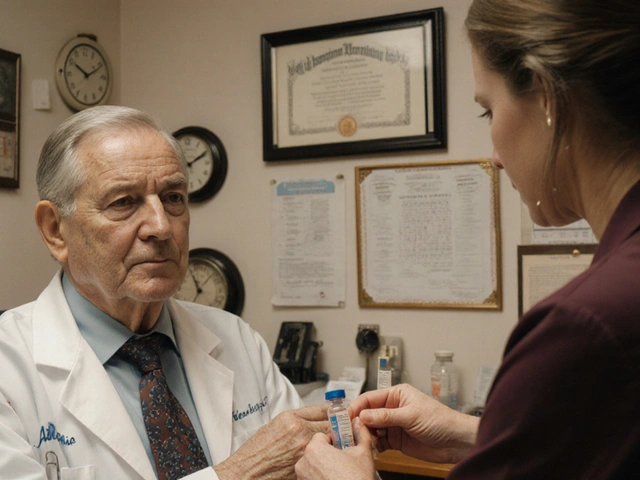Seasonal allergies: spot the signs and get relief fast
When pollen spikes or mold releases spores, your nose, eyes, and throat often pay the price. Seasonal allergies usually cause sneezing, itchy or watery eyes, nasal congestion, and a sore or scratchy throat. Symptoms can come on within minutes of exposure or build over days. If you know when your city’s pollen season hits, you can plan ahead and cut down the misery.
Practical ways to ease symptoms right now
Want quick relief? Start with easy, low-risk steps that work for most people. Over-the-counter oral antihistamines like cetirizine, loratadine, or cetirizine-dosing options can calm itching and sneezing. If you currently use fexofenadine but it isn’t enough, try cetirizine or loratadine as alternatives, or ask about bilastine where available. Nasal steroid sprays (for example, OTC fluticasone or budesonide) reduce inflammation and often help congestion better than pills.
Use a saline rinse or nasal irrigation once or twice daily to clear pollen from your nose. Eye drops made for allergies lower redness and itch—choose antihistamine eye drops rather than plain lubricant drops for faster relief. For short-term relief of heavy congestion, a decongestant pill or nasal spray can help, but don’t use nasal sprays longer than three days without advice; rebound congestion is real.
Small habit changes matter: shower and change clothes after being outdoors, keep windows closed on high-pollen days, run a HEPA air filter in the bedroom, and dry laundry indoors when pollen counts are high. Check local pollen forecasts on weather apps and avoid outdoor exercise when counts peak.
When you should see a doctor
If OTC treatments don’t control symptoms, if you have trouble breathing or wheeze, or if sinus infections keep returning, see your primary care doctor or an allergist. An allergist can do skin or blood tests to identify the exact triggers and may recommend prescription options like higher-strength nasal steroids, montelukast, or allergy shots / sublingual immunotherapy. Immunotherapy can cut symptoms long-term by training your immune system, but it takes months to work.
Also talk to a provider if you’re treating a child, are pregnant, or take other medications. Some allergy drugs can interact with existing prescriptions, and dosing can differ for kids and older adults.
Quick checklist: track local pollen, try a saline rinse and nasal steroid spray, swap to another antihistamine if one fails, use eye drops for itchy eyes, and get professional testing if symptoms persist. You don’t have to suffer through the season—small changes and the right meds can make a big difference.

Claritin Allergy Relief: Everything You Need to Know About Loratadine for Seasonal Allergies
Claritin (loratadine) is among the most popular allergy relief medications worldwide, providing non-drowsy relief for hay fever, pet dander, and dust allergies. This article breaks down how Claritin works, who benefits, common myths, smart usage tips, side effects, and things you should never mix it with. Discover the essential facts and helpful advice for making the most out of your allergy-fighting arsenal.
Health and WellnessLatest Posts
Tags
- online pharmacy
- medication
- dietary supplement
- side effects
- online pharmacy UK
- medication safety
- mental health
- impact
- online pharmacies
- dosage
- skin health
- health
- pain relief
- dietary supplements
- massage therapy
- medication side effects
- eye inflammation
- health benefits
- mental health treatment
- thyroid medication




